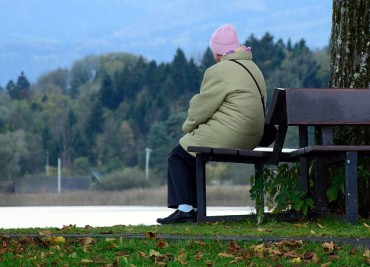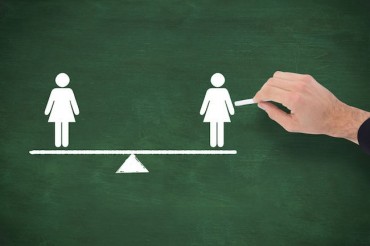
The Seoul Metropolitan Office of Education has made the decision to implement a drug prevention education program for high school seniors in Seoul. (Image courtesy of Yonhap)
SEOUL, Nov. 1 (Korea Bizwire) – As the issue of teenage drug use becomes increasingly severe, the Seoul Metropolitan Office of Education has made the decision to implement a drug prevention education program for high school seniors in Seoul who have completed the national college entrance exam.
The Seoul Metropolitan Office of Education announced on Tuesday that it will offer the drug prevention program to high school seniors for a duration of three weeks starting from November 20, following the national college entrance exam on November 16, as part of a broader effort to combat drug abuse among teenagers.
Out of the 321 high schools in Seoul, the drug prevention program will be extended to 18,000 high school seniors from 103 high schools that have expressed interest in participating in the program.
The primary objective of this program is to provide accurate information about drugs and their associated risks while safeguarding the health of high school seniors who have essentially reached the final stage of their public education journey after completing the national college entrance exam.
The instruction will be delivered by professional lecturers, supported by the Korea Anti-Drug Campaign Center, who will visit schools on the dates of their choosing.
The Seoul Metropolitan Office of Education also unveiled a new Student Health Improvement Basic Plan, which includes a focus on establishing rehabilitation centers for drug addicts and conducting a comprehensive survey on teenage drug abuse.
Cho Hee-yeon, the superintendent of the Seoul Metropolitan Office of Education, stated, “We are committed to providing drug prevention education and establishing a school-based drug prevention management system, all with the goal of protecting the well-being of students in Seoul through the creation of a healthy and secure educational environment.”
According to data from the National Police Agency, the number of teenage drug users arrested in the first eight months of this year reached a record high of 659, more than double the figure from last year, which stood at 294.
M. H. Lee (mhlee@koreabizwire.com)






